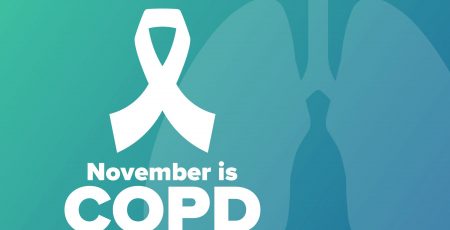18 Feb Your Location and Demographic Group Affects Your Chance of Getting and Seeking Medical Treatment for COPD
The Centers for Disease Control and Prevention (CDC) share some interesting global statistics regarding the incidence of COPD and whether sufferers do, or don’t, seek treatment for the disease.
First is a global divide regarding the leading cause in the development and progression of COPD. In the United States, tobacco smoke is overwhelmingly the most common cause. In the developing world, indoor air quality, mainly related to indoor cooking in unventilated spaces in rural households, is thought to play an appreciable role. Other factors contributing to the development of COPD include exposure to air pollutants indoors and out, genetic factors, and respiratory infections.
Second are the differences in reporting frequency across various demographic groups. To begin with, despite the fact that COPD is the third leading cause of death in the United States, more than 50% of adults with low pulmonary function are not aware that they have COPD and thus they do not report it or seek treatment for it. Of those who do, these are the groups most likely to report COPD:
- People between 65 and 74 years of age
- Caucasians (non-Hispanic)
- Women
- Those people who are unemployed, retired, or unable to work
- Individuals who did not complete a high school education
- People in the lower income brackets
- Divorced, widowed, or separated individuals
- Current or past smokers
- People who suffer from asthma
If you think that you or a loved one might have COPD, be aware that early detection could mean a better outcome in terms of the course and progression of the disease. It’s a relatively simple thing to get a spirometry test to measure lung function and detect COPD. Consult with your doctor if you have frequent episodes of coughing, wheezing, or feeling out of breath.





No Comments